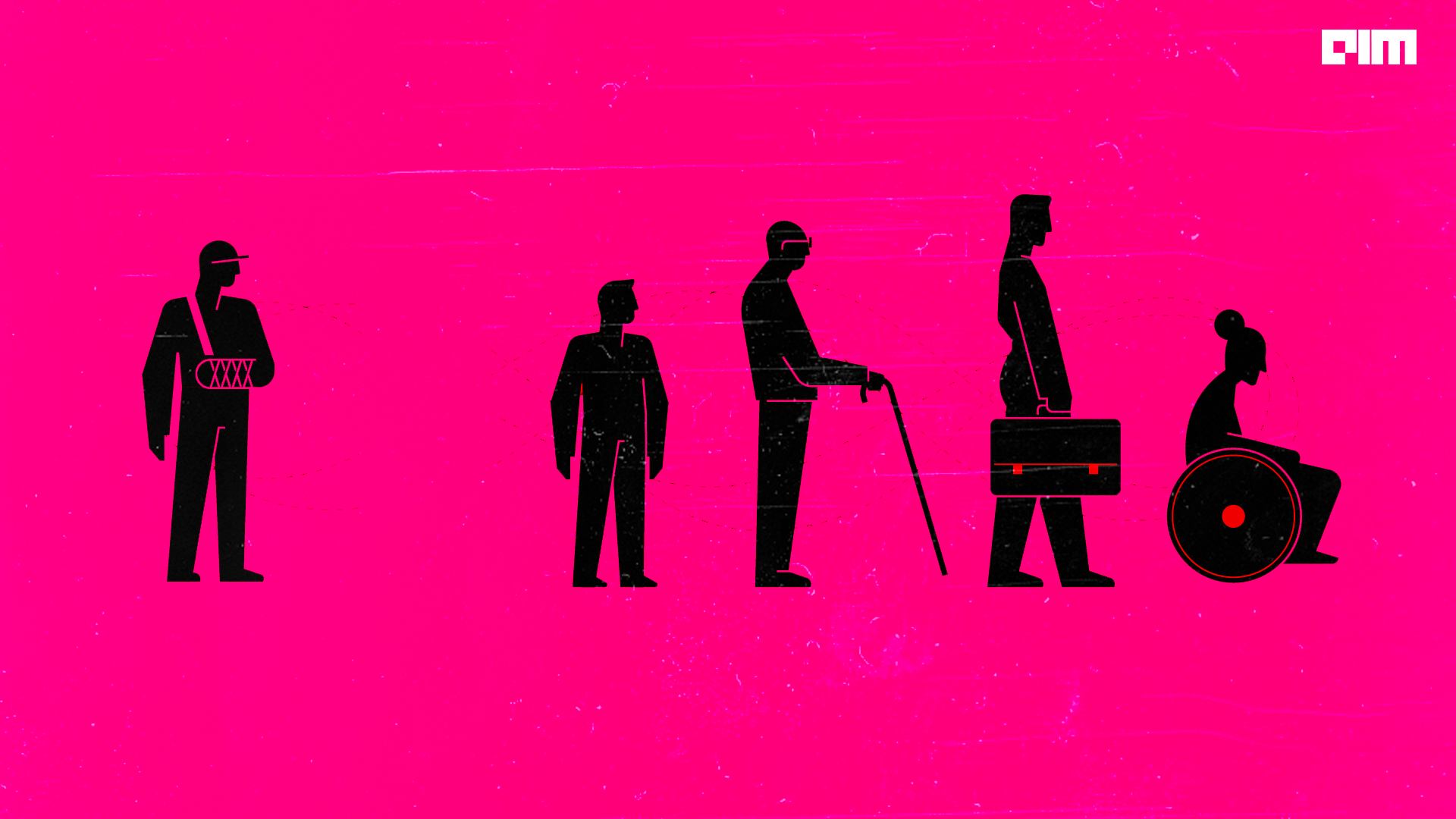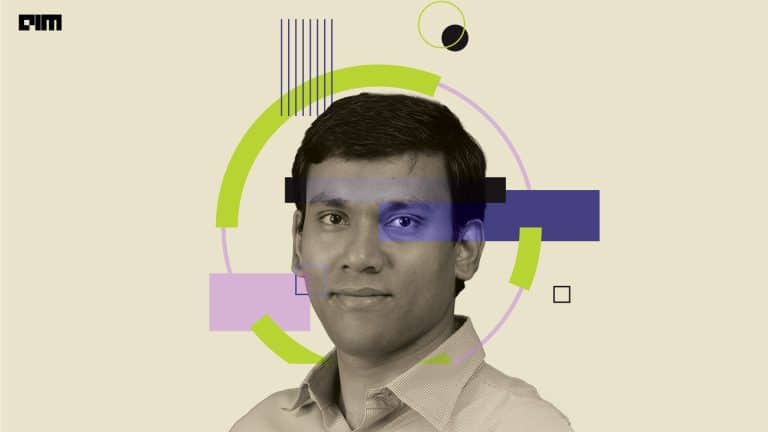Inclusion is not discretionary; it’s an imperative – across all dimensions of diversity: age, disability, gender, race, ethnicity, language, economic status, sexual orientation, neurodiversity. Inclusion is central to human values, but it is also good for business.
Studies show that organisations with greater gender diversity among senior leadership perform better, including their strategic approach to innovation1. They are more profitable, more socially responsible and provide safer, higher-quality customer experiences. On a larger scale, there are economic and societal arguments for gender inclusion and equity, including impact on faster and more equitable growth, environmental sustainability, consumer choice, among others2.
More than 1 billion people in the world, who are potential customers or employees, live with some form of disability. Given that 70% of disabilities are invisible, it should not come as a surprise that at some point in our lives, most of us likely will face some type of temporary, situational, or permanent disability. Inclusion of people with disabilities is a responsibility and an opportunity. Organisations are realising that designing for accessibility not only spurs innovation but attracts and retains top talent.
Similarly, there is growing awareness that individuals who are neurodiverse bring valuable attributes to a team, including different perspectives, creative thinking, design, problem solving, analytical thinking, pattern recognition, and attention to detail.
Artificial Intelligence has the potential to create a more inclusive society. Let’s consider two dimensions: language and disability.
Language is often the greatest barrier towards access to information, and hence, opportunities. Today language translation using AI is removing that barrier. For example, Microsoft’s Azure AI now empowers organizations to translate between 100 languages and dialects globally, making information in text and documents accessible to more than 5.6 billion people worldwide3. These include not only the world’s most spoken languages like English, Chinese, Hindi, Arabic and Spanish, but also dialects that are native or preferred by a smaller population.
There are close to 7,000 languages spoken around the world, but sadly, every two weeks a language dies with its last speaker. Recent advances in AI have enabled inclusion of low resource (i.e., having less training data), and often endangered, languages and dialects such as Tibetan, Assamese and Inuktitut (a dialect from the Eskimo-Aleut language family from Canada). A multilingual AI model called Z-code combines several languages from a language family such as Hindi, Marathi, and Gujarati. Leveraging the commonality across languages and using that shared transfer learning capability allows AI to improve the whole language family, reducing data requirements to achieve high-quality translations. Languages are a celebration of a people’s history; what a wonderful way to enable inclusion, as well as preserve culture and heritage!
Accessibility is a vehicle for inclusion of people with disabilities, and AI can play a significant role. For example, ‘Seeing AI’4 is an app that provides people who are blind or with low vision an easier way to understand the world around them through the cameras on their smartphones. Seeing AI helps users read printed text in books, restaurant menus, street signs and handwritten notes, as well as identify banknotes and products via their barcode. Leveraging on-device facial-recognition technology, the app can even describe the physical appearance of people as well as their expressions.
There are scores of innovations to enable people across a spectrum of disabilities and differences to lead fulfilling and productive lives. These include captioning options for people who are deaf or hard of hearing, conversational AI to help people with Down syndrome or Autism, Voice and Natural Language Processing enabled interfaces to help people with disabilities search for content or job opportunities, sign language understanding for workplace communication, AI tools for mental health issues and symptoms for effective management of teen helplines. The list is long and growing every day!
And yet, there is reason for caution. AI is a technology and like any technology, it is only a tool – it is people, organizations and societies that define how it is used. We cannot assume a foregone conclusion that Artificial Intelligence will create a more equitable and inclusive society – it will take intentional and sustained focus and effort. In the case of AI, this focus and effort is even more important because AI is a ‘General-Purpose Technology’, with the potential for broad-based impact on people, society, and entire economies. It is an exponential technology trend, building upon a precipitous drop in the cost of compute power, explosion of data, and innovation in algorithms, and it is yet in its early days.
Therefore, it behooves us as responsible individuals, organisations, and societies to ensure that AI is used to create inclusive products and solutions. And that the AI used to create products and solutions is in turn inclusive.
Today AI technology is getting embedded into what we watch or read, what we buy, what price we pay, how we spend our time, where we go for a vacation, which route we take, who and where we meet, how or who we hire or promote, how or who we collaborate with. Again, the list is long and growing every day!
“With great power comes great responsibility” is an ancient adage. Responsible and ethical AI principles5 – fairness, security and privacy, safety and reliability, inclusion, transparency, accountability – need to be put into practice. It starts with awareness of the issues involved, with an understanding that AI is not magic; it is data and algorithms underneath the hood, and with an acknowledgement of responsibility. While awareness around principles is necessary, it is not sufficient. Implementation of robust responsible AI practices requires diverse knowledge and perspectives, leadership commitment, tools and techniques, processes and practices, standards and regulatory mechanisms, as well as governance and organizational levers to enable sustained progress.
AI has become, and will increasingly be, more pervasive, powerful, and personal. It is up to us to ensure that we steer it to create a more inclusive, equitable and empowered society.
References:
- Research: Adding Women to the C-Suite Changes How Companies Think (hbr.org)
- https://www.unwomen.org/en/what-we-do/economic-empowerment/facts-and-figures
- Azure AI empowers organizations to serve users in more than 100 languages – The AI Blog (microsoft.com)
- https://blogs.microsoft.com/accessibility/seeing-ai-2/
- https://www.weforum.org/agenda/2020/01/tech-companies-ethics-responsible-ai-microsoft/
This article is written by a member of the AIM Leaders Council. AIM Leaders Council is an invitation-only forum of senior executives in the Data Science and Analytics industry. To check if you are eligible for a membership, please fill out the form here.



















































































